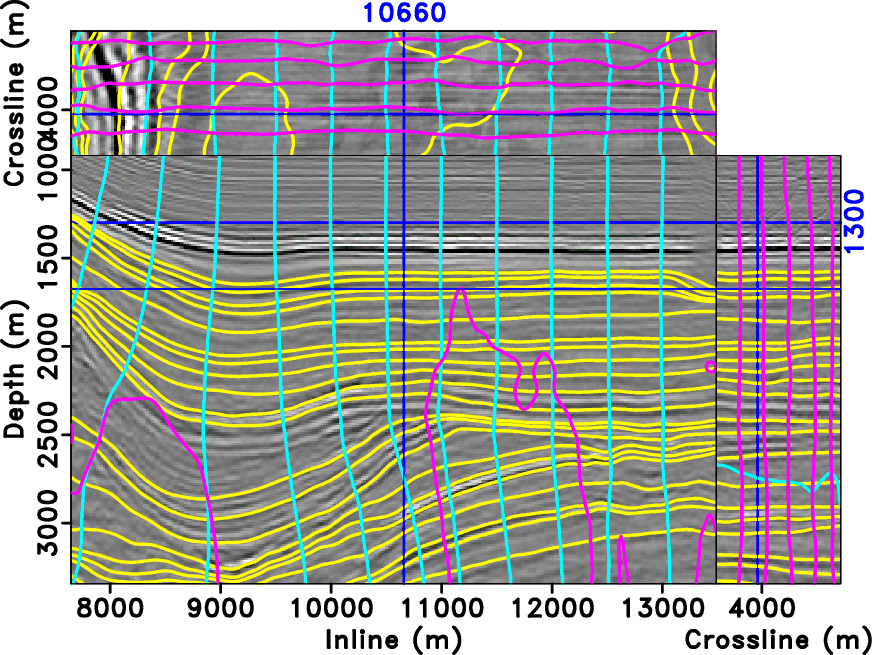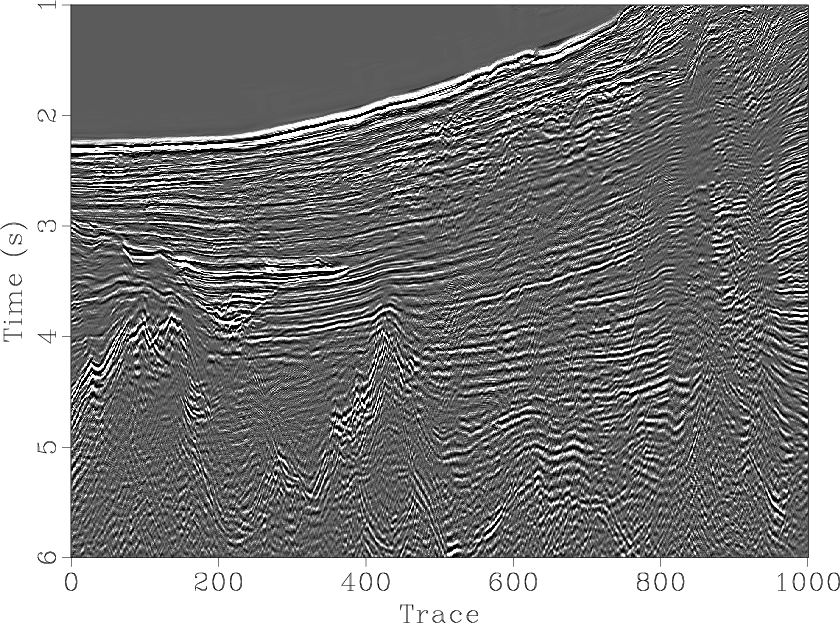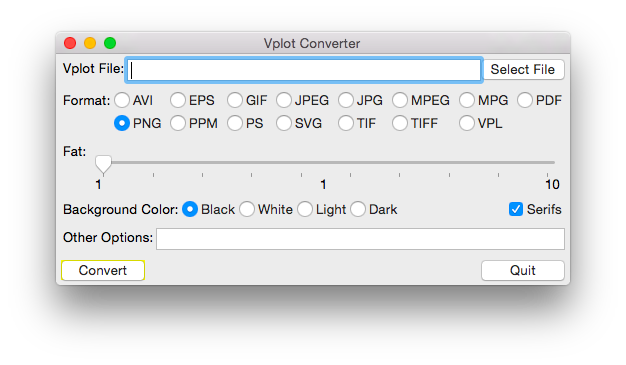A new paper is added to the collection of reproducible documents:
A fast algorithm for 3D azimuthally anisotropic velocity scan

Conventional velocity scan can be computationally expensive for large-size seismic data, particularly when the presence of anisotropy requires multiparameter estimation. We introduce a fast algorithm for 3D azimuthally anisotropic velocity scan, which is a generalization of the previously proposed 2D butterfly algorithm for hyperbolic Radon transform. To compute the semblance in a two-parameter residual moveout domain, the numerical complexity of our algorithm is roughly
as opposed to
of the straightforward velocity scan, with
being representative of the number of points in either dimension of data space or parameter space. We provide both synthetic and field-data examples to illustrate the efficiency and accuracy of the algorithm.
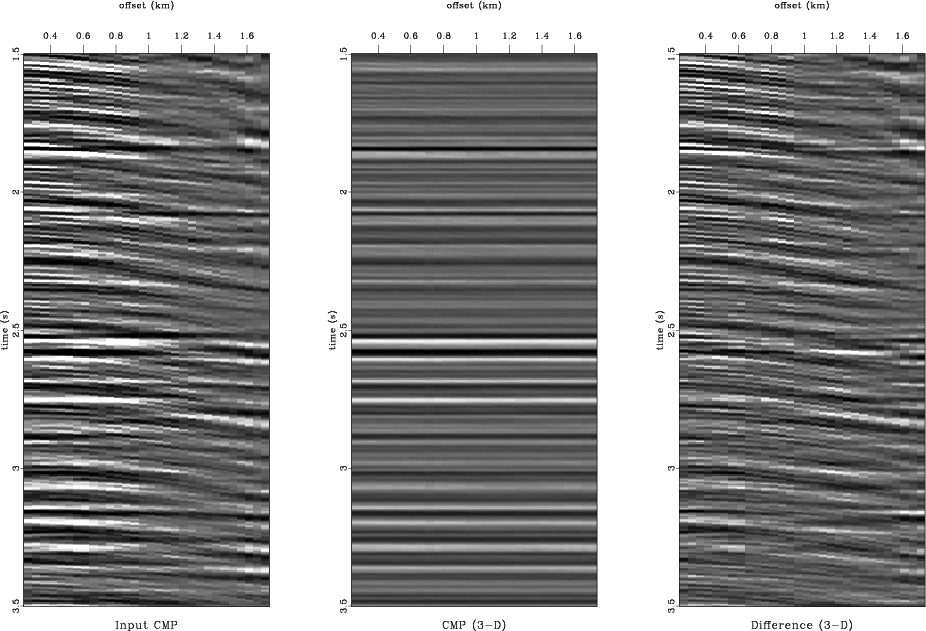
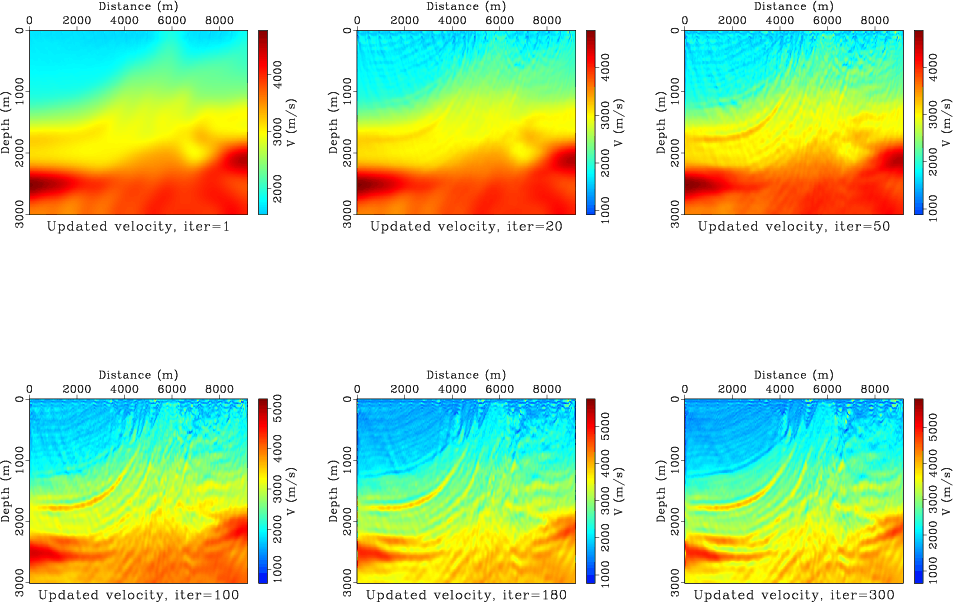


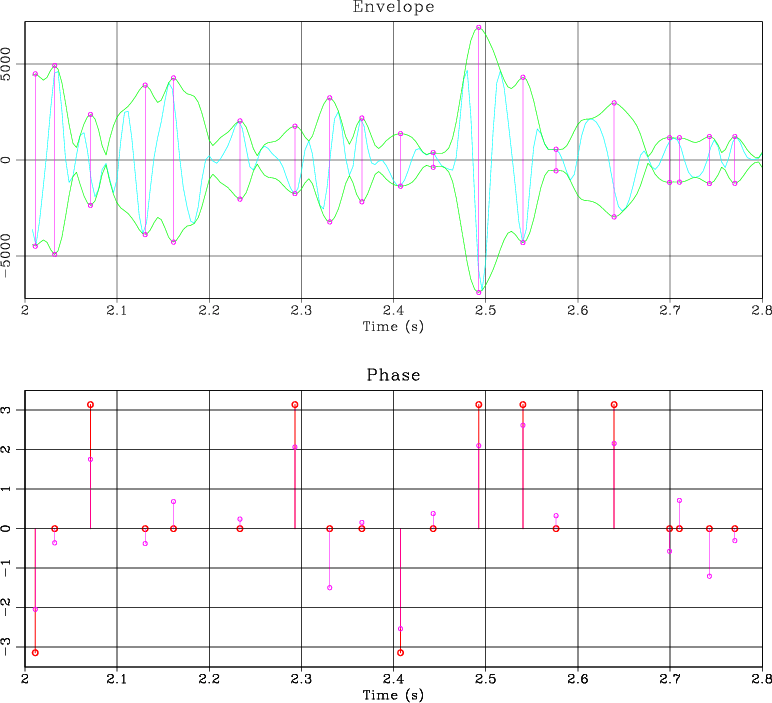 Madagascar users are encouraged to try improving the results.
Madagascar users are encouraged to try improving the results. 
